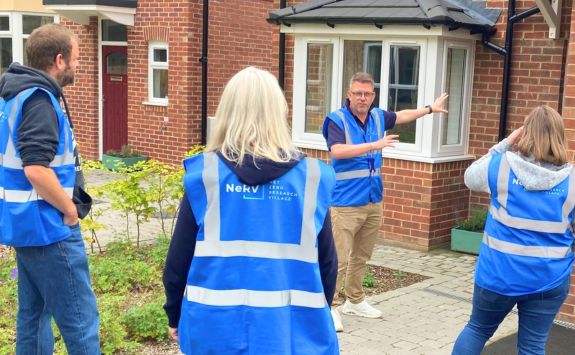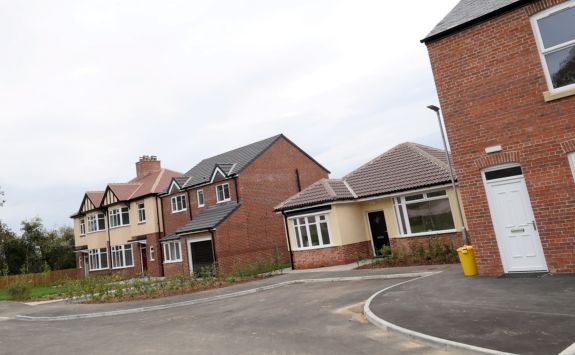Energy Village
Researchers at Newcastle University Business School have been working in collaboration with National Energy Action (NEA) and Northern Gas Networks (NGN). They have been using an innovative setting to conduct exciting new research on energy efficient technologies in the home.
What is Futures Close?
Futures Close is a purpose-built test-site of nine properties in Winlaton, Gateshead. It is commissioned and owned by Northern Gas Networks. There are five types of property. Each has been built to original building standards and employing materials commonly used at that time. This is to fully reflect the building fabric and challenges that exist with buildings of each era. The property styles have been designed to be representative of UK housing stock from 1910 through to modern day.
How is it being used?
The research team have commissioned the installation of seven energy efficient technologies in different house styles across the site. These include, for example:
-
heat-retaining window coating
-
infrared panels
-
air bricks that can open and shut automatically
The technical team are testing technologies, assessing their effectiveness and value for money in the different properties. Meanwhile, the social research team have welcomed members of the public to site. They have invited them to experience the technologies in real life and share their thoughts. These insights come from a range of different people in various circumstances. They are being used to explore the acceptability and challenges of introducing new energy efficient technologies into the home. Initial findings will be tested further through large scale survey work and interviews.


Why is this work so important?
To achieve net-zero targets by 2050, the UK needs to significantly reduce energy consumption across its existing housing stock. Being able to test how easy it is to retrofit solutions to properties with different characteristics will help us to find the most effective solutions. It also has the potential to change the way future solutions are designed.
Identifying technologies that work effectively, and can help people to reduce their home energy use, will be a substantial piece of the puzzle to a more secure energy future.
Understanding the barriers or challenges that different customers may face will help us to develop potential solutions to overcome them. Collectively, these activities will help us build a picture of what the decarbonisation of existing housing stock may look like in the future. It will also allow us to develop policy recommendations to make the journey to net-zero more feasible, more appealing, and more accessible for a range of people across the UK.
